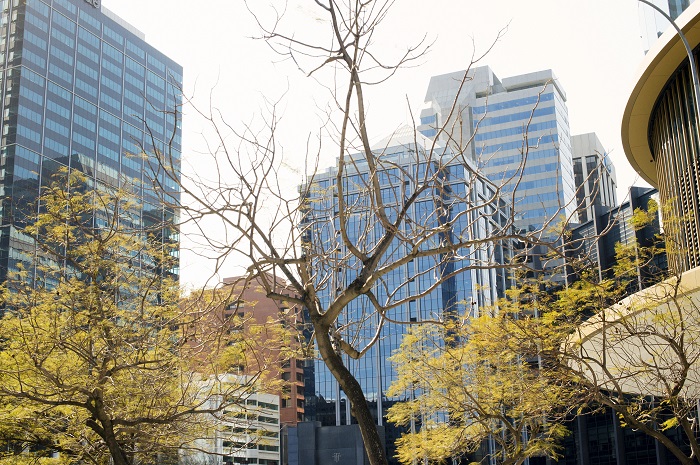Dry June in Perth sees almost half average rainfall for the month

- June rainfall 32 per cent below average across Western Australia
- Perth June rainfall 45 per cent below long-term average
- Metro dams only received equivalent of 1.5 summer days' water supply during June
- Impacts of climate change reinforce importance of being waterwise all year round
Low rainfall in June is another stark reminder for Perth residents of the ever-increasing need to stay waterwise all year round in the face of climate change.
Western Australia's climate has changed significantly since the 1970s, with the State's south-west now one of the areas on the planet most affected by climate change through declining rainfall.
According to the Bureau of Meteorology, rainfall last month was around a third (32 per cent1) below average for WA as a whole.
However, in Perth, it was 45 per cent below the long-term (1911-2021) average (169.2mm) with only 93.6mm recorded over 12 days2 in June - down from 115.4mm last year and 212mm in 2019.
The combination of drier soils and reduced rainfall has also meant less water is flowing into metropolitan dams.
Last month, only 1.5 billion litres of rainfall run-off, or streamflow, fed into Perth dams, which is just 4.6 per cent of the long-term (1911-2021) average (32.6 billion litres) for June.
To put that in perspective, 1.5 billion litres would only supply Perth and other Integrated Water Supply Scheme (IWSS)i customers for around one and a half summer days.
In the face of climate change, Perth no longer relies on rainfall alone to fill its dams. In 2019-20, 47 per cent of water supplied to Perth homes and businesses came from desalinated seawater.
Since 2001, the WA Government, through Water Corporation, has invested more than $2.2 billion in climate-resilient water sources, such as desalinated seawater and recycled water, which now account for nearly half of all water supplied through the IWSS.
Comments attributed to Water Minister Dave Kelly:
"While you may not think it given the recent rains in Perth, last month was actually one of the driest on record in the metro area with close to half the average rainfall.
"Unfortunately, this was not a one-off and climate change directly impacts how we source and use water.
"In what is typically the second wettest month, Perth dams received less than 5 per cent of the long-term average rainfall run-off we would expect for the month of June.
"Less rainfall into our dams and groundwater sources means we are increasingly reliant on manufactured water - desalinated and recycled water - which comes at a cost.
"We all need to actively consider ways to reduce our water consumption all year-round and help protect our precious water sources.
"Check out Water Corporation's website for hints and tips on how to be a waterwise champ this winter."
Minister's office - 6552 6100
[1] Source: Bureau of Meteorology - Western Australia in June 2021: a cold spell in late June (1 July 2021)
[2] Source: Bureau of Meteorology - Perth, Western Australia, June 2021 Daily Weather Observations (2 July 2021)
[i] The Integrated Water Supply Scheme (IWSS) is the largest scheme managed by Water Corporation. It delivers 298 billion litres of water each year to more than two million people in Perth, the Goldfields and Agricultural region and some parts of the South West.